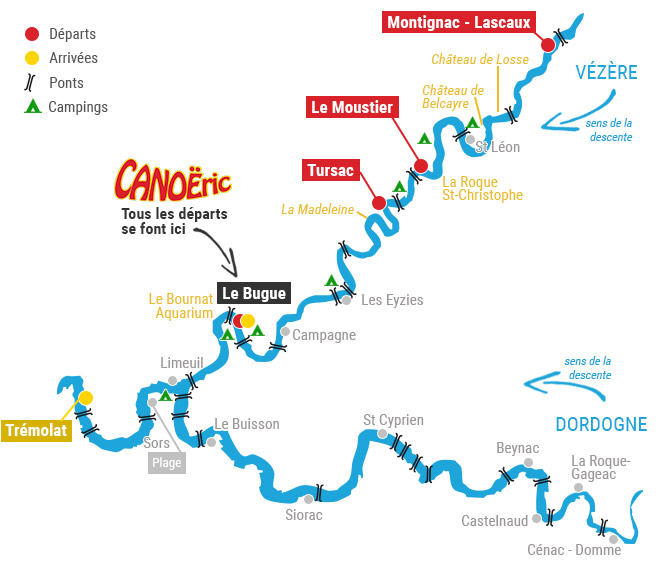

We also worked to remediate missing metadata by extracting them from associated published papers, online repositories, and from direct communication with authors. We undertook a “distributed datathon” to quantify the availability of these missing metadata and to test the hypothesis that their availability decays with time. Many studies produce large amounts of genome‐scale genetic diversity data for wild populations, but most (87%) do not include the associated spatial and temporal metadata necessary for them to be reused in monitoring programs or for acknowledging the sovereignty of nations or Indigenous Peoples. Because genetic diversity can indicate species resilience to changing climate, its measurement is relevant to many national and global conservation policy targets. Genetic diversity within species represents a fundamental yet underappreciated level of biodiversity. The dominant species can be utilised in afforestation in the same region or another region which has the same environmental conditions. This gene pool is a valuable reservoir for enriching genetic diversity and provides basal information for the biodiversity conservation of a dominant species. This species has higher adaptability for their regions. A higher correlation (r = 0.83) was between the combined Qalabshu (QQ) and Mutubas (MM) matrices using the Mantel test with 1,000 permutations. The similarity matrices based on Jaccard coefficient recorded positive values. The diversity (h) oscillated from 0.11 to 0.25. The Shannon index (I) scored at an average of 0.3. A total of 129-amplicons oscillated from 145 to 1505 bp and a total of 19-amplicons were specific markers with an average of nine bands for each population. Random amplified polymorphic DNA (RAPD) markers investigated the population pattern and structure. comosum) populations collected from three localities, Qalabshu (QQ), Mutubas (MM) and Gamasa (GG), in Egypt as gene pool for biodiversity conservation and afforestation. The data highlighted more insights into the genetic diversity of the arta plant (Calligonum polygonoides subsp. Genetic diversity manipulates a prime and vital role in the sustainable use of genetic resources. We expect that substantial evolutionary responses will be required in tropical rainforest endemics to mitigate local fitness losses due to changing climates. These results support the inference of evolved functional differences among localities, and the importance of hydroclimate in early stages of diversification. In addition, climate-associated genetic variation was significantly associated with morphology, supporting heritability of shape variation. Hydrological and thermal variables were the strongest environmental predictors and were correlated with traits previously linked to heritable habitat-associated dimorphism in rainbowfishes. However, environmental associations revealed that ecological variables had a similar power to explain overall genetic variation, and greater power to explain body shape variation, than the included neutral covariables.

We found that neutral genetic population structure was largely explainable by restricted gene flow among drainages. We used an integrative riverscape genomics and morphometrics framework to assess the influence of these factors on both putative adaptive and non-adaptive spatial divergence.

We asked to what extent environmental gradients and terrain structure affect morphological and genomic variation across the wet tropical distribution of an Australian rainbowfish, Melanotaenia splendida splendida. To conserve the high functional and genetic variation in hotspots such as tropical rainforests, it is essential to understand the forces driving and maintaining biodiversity.


 0 kommentar(er)
0 kommentar(er)
